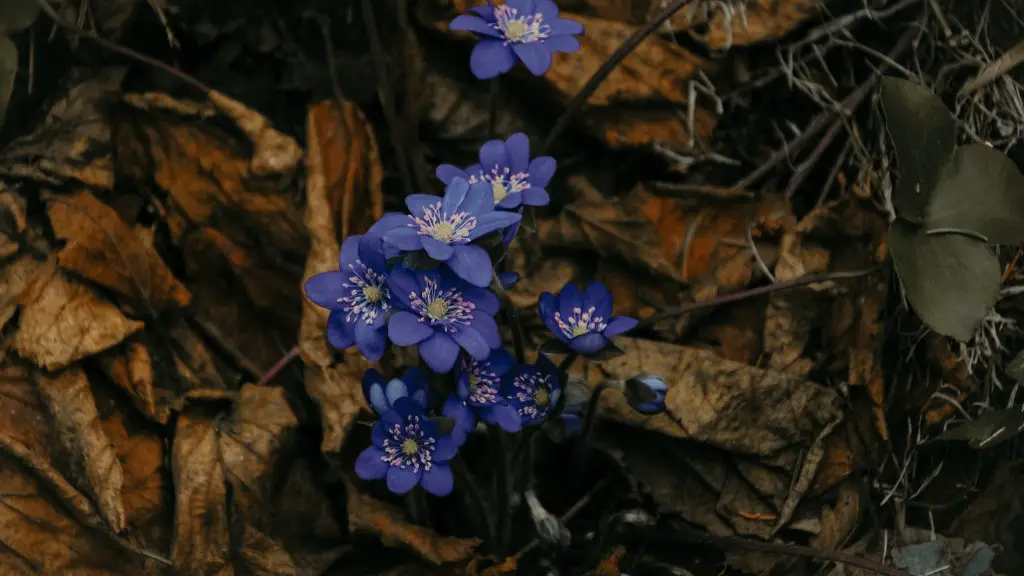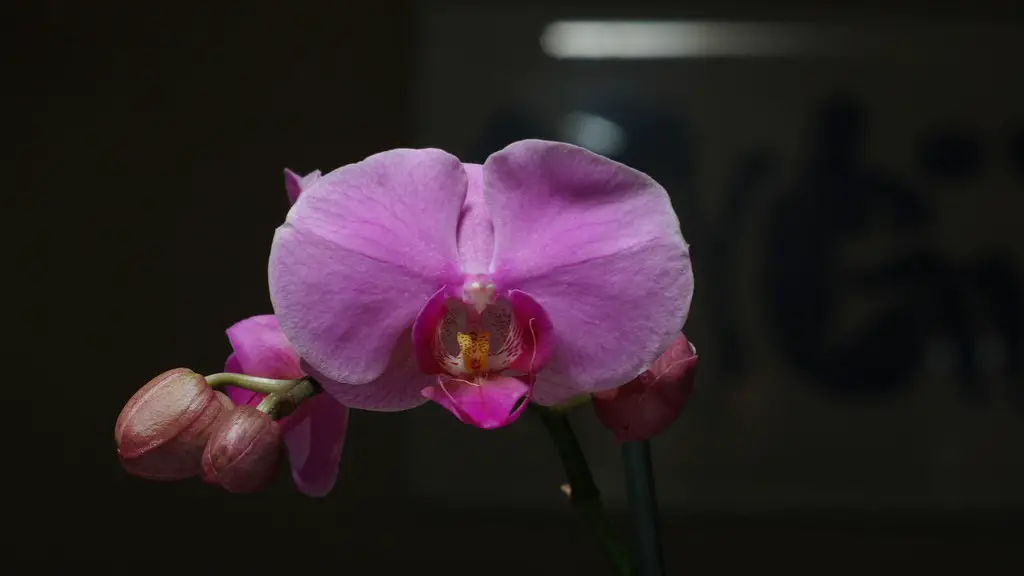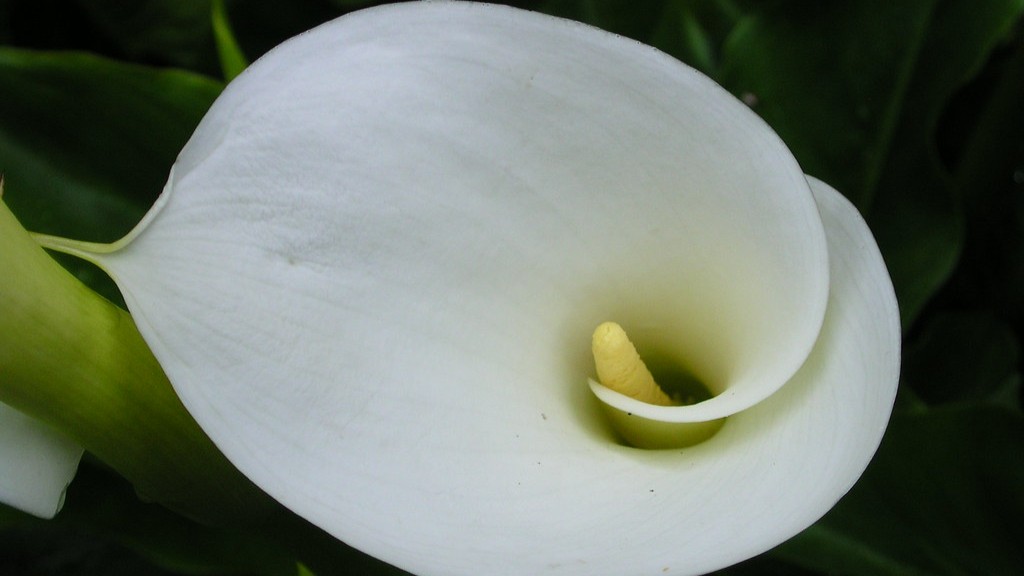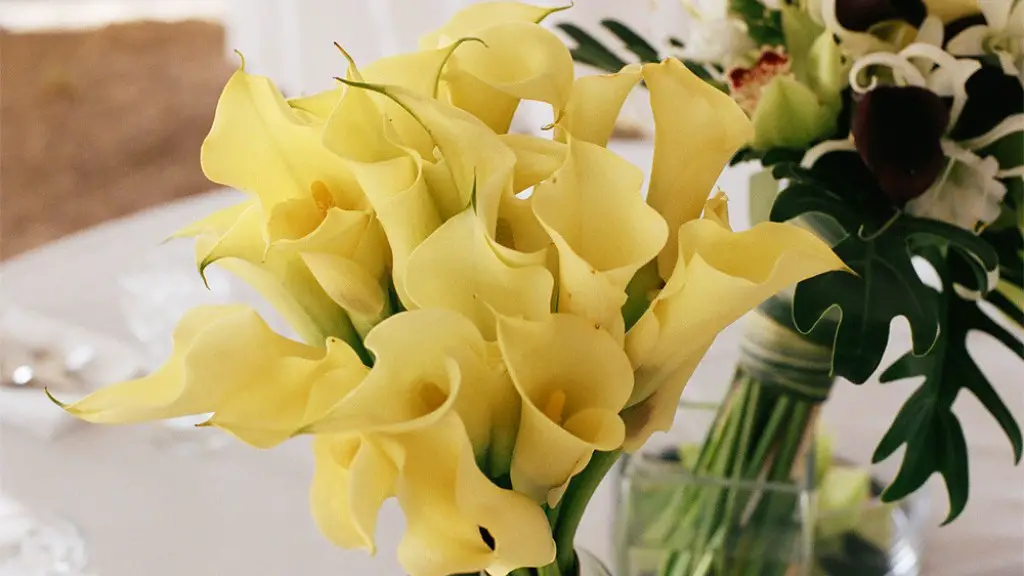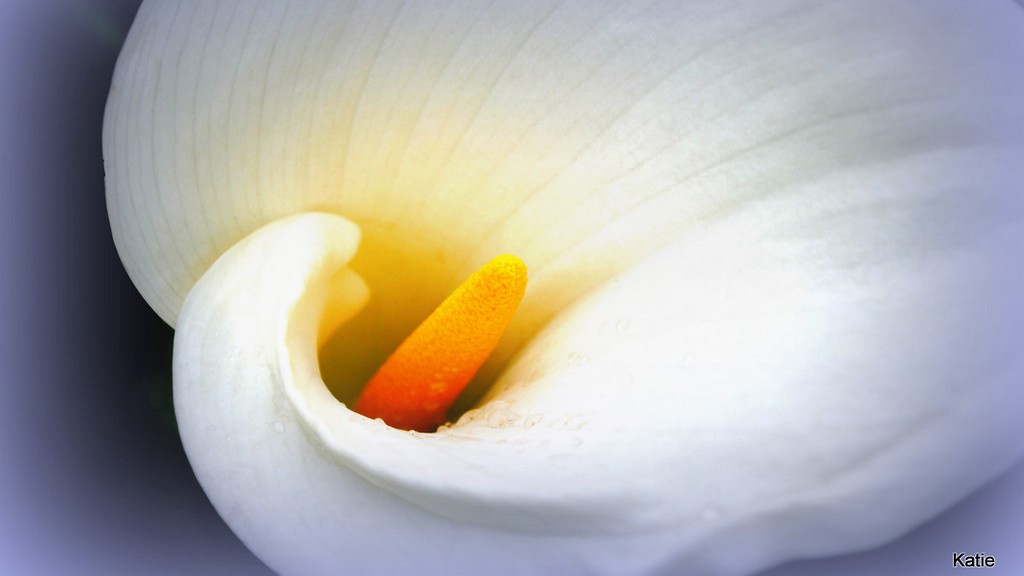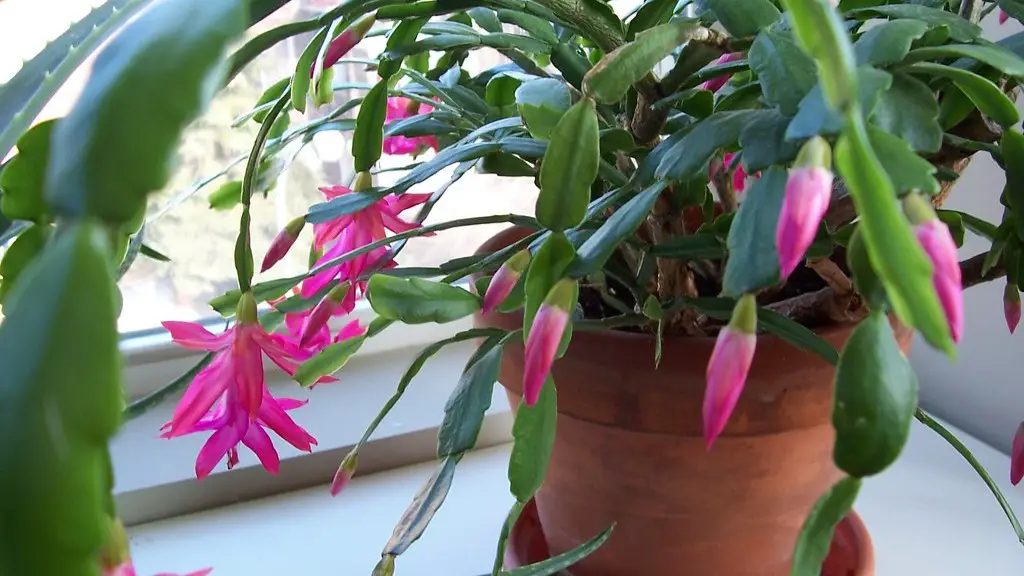To maintain African violets, water them regularly and fertilize them with aspecialized African violet fertilizer. Place them in a location with bright,indirect sunlight and keep the soil moist but not soggy. Allow the top inchof soil to dry out before watering. Pinch back spent bloomstalks to encouragecontinued blooming.
• Start with a clean pot and fresh potting mix.
• Water your African violet when the soil is dry to the touch.
• Place your African violet in a bright, indirect light.
• Fertilize your African violet once a month with a light application of African violet food.
•Deadhead spent blooms to encourage new growth.
How often do you water African violets?
A wicking system is a great way to make sure your African violets are never over watered. With this system, water is drawn up from a reservoir into the soil of the plant, and the plant only needs to be watered once a week. This allows the plant to completely dry out between waterings, which prevents root rot and other problems associated with over watering.
If you want your plants to have the best color and blooms, grow them in bright, indirect light. An ideal location for a plant stand is three feet away from a west- or south-facing window. Plants will still grow when situated right beside north- or east-facing windows, but leaves will be thin and spindly, and plants less likely to bloom.
Do African violets need to be pruned
Pruning African Violet leaves is important to keep the plant healthy. Removing three or more bottom leaves every month will help make room for new growth and give the remaining foliage space to stretch out. Removing any dead or dying flowers during leaf pruning will also help free up energy for the plant.
To get the best results with African violets, they should be placed in an area with bright, indirect sun. Too little sunlight will cause the plants to stretch for the light and produce few or no flowers, while too much sun can burn the leaves. An east-facing window is ideal, especially with a sheer curtain to block the sun’s harshest rays. African violets also need eight hours of darkness every night in order to bloom properly.
Should African violets be watered from the top or bottom?
It is best to water African violets from the bottom. This helps to prevent leaf spots from developing on the leaves. If you water from the top, be sure to use lukewarm or warm water, and be careful not to get water on the leaves when the plant is in the sun.
It is important to water African violets carefully so as not to mist the foliage and cause permanent leaf spotting. Use room temperature water and water the plants at the crown (soil level) to avoid crown rot.
Do African violets need bigger pots?
An African violet plant will thrive when it is slightly pot-bound in a pot that is 3-4 inches in diameter.
Yes, it’s true — those who handle their african violets too much may end up with stunted, sub-par plants. So if you want your african violet to thrive, it’s best to leave it be and resist the urge to brush its leaves.
How do I know if my African violet needs to be repotted
When you first bring your African violet home, it will be in a small pot. As the plant grows, you’ll need to repot it into a larger pot so that it doesn’t become root-bound. Once the plant has doubled or tripled in size and the leaves are starting to wilt, it’s time to make the move.
African violets are a type of plant that can bloom multiple times throughout the year with proper care. One key aspect of care is deadheading, or removing spent blooms. This allows the plant to redirect its energy into creating new buds and blooms, and also results in healthier, more vibrant foliage.
How many times a year do African violets bloom?
African violets are a popular houseplant because they can bloom nearly year-round. If you are able to provide the correct conditions, expect your African violets to bloom 10-12 months each year. Each bloom lasts for about 2-3 weeks.
African violets and rex begonias are two plants that multiply easily from leaf cuttings. To propagate either of these plants, use whole or even parts of leaves. It’s important to have a pot of soil ready before taking the cutting, because a detached leaf will wilt quickly.
What are the secrets to great African violets
African violets need indirect sunlight and a north- or east-facing window for best results. Keep plants away from cold glass and rotate the pot once a week so all leaves receive light. Extend daylight by placing African violets under a grow light during winter months.
If you water African violets from the bottom up, you can avoid getting water on the leaves, which can cause them to rot. African violets need to be watered about once a week, and watering from the bottom up is the best way to ensure that they get the moisture they need without damaging the leaves.
Why do you water African violets from the bottom?
To keep your African Violet healthy, it is important to water from the bottom so the roots can soak up the water. Watering for around an hour, or until the soil is moist but not soggy, will help to keep the plant healthy. African Violets like warmer water, around 70 degrees.
It is important to clean the leaves of your African Violet regularly to prevent accumulations of dust and debris. The best way to clean the leaves is to fill a spray bottle with room temperature or tepid water and spray the leaves. Then, use your fingers to rub the top and bottom of the leaves. You can also use the spray bottle method to clean the leaves with liquid soap.
Warp Up
To maintain African violets, water them regularly and fertilize them monthly. For watering, use lukewarm water and soak the soil until it is moist. Do not let the violets sit in water, and be sure to empty any drainage dish after watering. For fertilizing, use a water-soluble fertilizer such as 10-10-10 or 20-20-20. Apply the fertilizer at half the recommended strength.
African violets are one of the most popular houseplants, and for good reason! They are relatively easy to care for, and they make a great addition to any home. Here are a few tips on how to maintain your African violet:
1. Water your plant regularly, but be sure not to over-water it. African violets need to be kept moist, but too much water can cause them to rot.
2. Place your plant in a bright spot, but out of direct sunlight. African violets need lots of light, but too much direct sunlight can scorch their leaves.
3. Fertilize your plant every month or so with a special African violet fertilizer. This will help to keep your plant healthy and thriving.
By following these simple tips, you can enjoy your African violet for many years to come!
